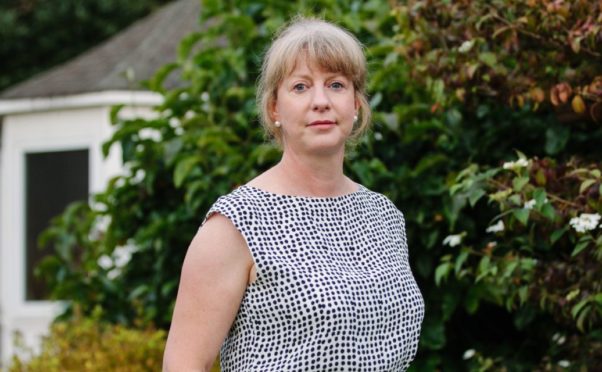
The benefits to families of the Scottish Child Payment could be wiped out by the soaring cost of living, the social justice minister has warned.
Shona Robison warned of the impact of rising household bills on the anniversary of the Scottish Government introducing a £10-a-week payment for thousands of struggling families.
The weekly payments are to double to £20 from April but Robison, Cabinet Secretary for Social Justice, Housing and Local Government, fears the benefits will be cancelled out by spiralling costs of household bills and is calling on the UK Government to provide further support.
She said: “At a time when people are feeling the effects of the increased food bills, soaring energy prices, a decade of UK Government austerity, and with a National Insurance hike on the horizon, a doubled Scottish Child Payment available to under-16s is something the whole country should be proud of,” she said.
“However, without further significant intervention from the UK Government to get to grips with the cost of living crisis, then the benefits of the Scottish Child Payment could be wiped out.”
Finance Secretary Kate Forbes announced on Thursday the majority of households in Scotland will be given a £150 council tax discount amid fears too little is being done to ease the cost of living crisis.
But she admitted it was not enough to cover rising bills and interest rates – with many families still facing the threat of unlimited council tax rises in the coming weeks.
Scotland’s Children and Young People’s Commissioner, Bruce Adamson, welcomed the increased level of child payments but he told The Post that poverty was the most significant human rights issue facing children in the country today.
“The Scottish Government has committed to doubling the Scottish Child Payment to £20 a week, and this will come into effect in April. This is a positive step, but it doesn’t go far enough.
“The UK and Scottish governments must make the choice to tackle child poverty and ensure children get the most from their education, socialising, and play.”
The Scottish Child Payment was described by communities and organisations as “a game changer” for thousands of low-income families when it was introduced last year.
A leading children’s charity last night, however, echoed concerns the increased support could be swallowed up by rising bills. John Dickie, director of the Child Poverty Action Group in Scotland, said: “Every level of government needs to step up to the mark to protect our children and help make child poverty history.
“The number one priority for the UK Government must be to increase universal credit and other family benefits in line with actual inflation – at least 6% not the 3.1% planned.”
Forbes’ council tax rebate was criticised by some charities.
Chris Birt, associate director for Scotland at the Joseph Rowntree Foundation (JRF), said: “While many people currently living in poverty will receive this small payment, many more people who are not in poverty will too, meaning the available funds are spread far too thinly – £150 will barely touch the sides of the gaping hole in many low-income households’ budgets, many of whom are already facing hunger, anxiety and debt.”
The UK Government pointed out it was already providing support worth £12 billion this year to help with the cost of living crisis in Britain and a further £9bn was announced by the Chancellor last week to protect against the impact of rising global energy prices.
It said it was up to Holyrood to set levels of any additional assistance, adding: “The Scottish Parliament has significant welfare powers and can top up existing benefits, pay discretionary payments and create entirely new benefits in areas of devolved responsibility.”
We’re pressing accelerator in war on child poverty
By Shona Robison
One year ago, the Scottish Government made an important and impactful intervention in the fight against child poverty.
Using our new social security powers, the introduction of the Scottish Child Payment in February 2021 was direct action to tackle this deep-seated generational issue in our society.
This benefit is putting money in the pockets of parents and carers who need it most. Set at £10 per week per eligible child, the payment was introduced for children under six at first, but we are committed to extending that to under-16s by the end of the year.
From April, our Scottish Child Payment will double to £20 a week. Parents and carers do not need to reapply and will see payments increase automatically.
Together with our Best Start Grant and Best Start Foods payments, this will provide a package of financial support worth £8,400 by the time an eligible family’s first child turns six.
In 2019-20 the Scottish Government invested nearly £2 billion in support for low income households, including over £672 million targeted specifically at children. In 2023-24 we estimate the Scottish Child Payment could lift 40,000 children out of poverty, reducing overall child poverty by an estimated 4 percentage points – taking us well on the way to reach our statutory targets to reduce child poverty.
By introducing the Scottish Child Payment we built the vehicle. With the changes we will make this year, we are pressing hard on the accelerator.

Enjoy the convenience of having The Sunday Post delivered as a digital ePaper straight to your smartphone, tablet or computer.
Subscribe for only £5.49 a month and enjoy all the benefits of the printed paper as a digital replica.
Subscribe